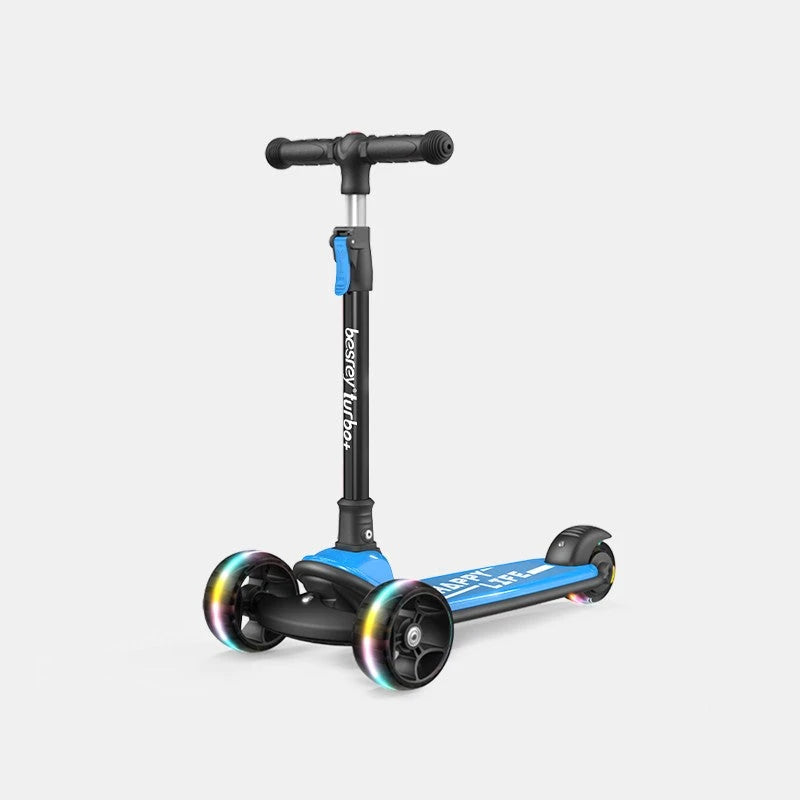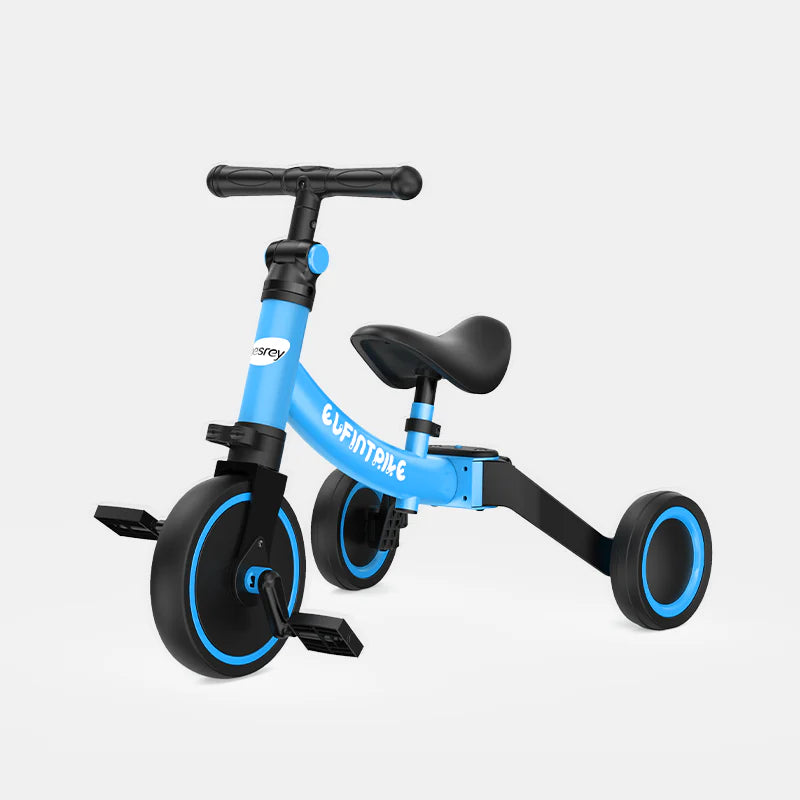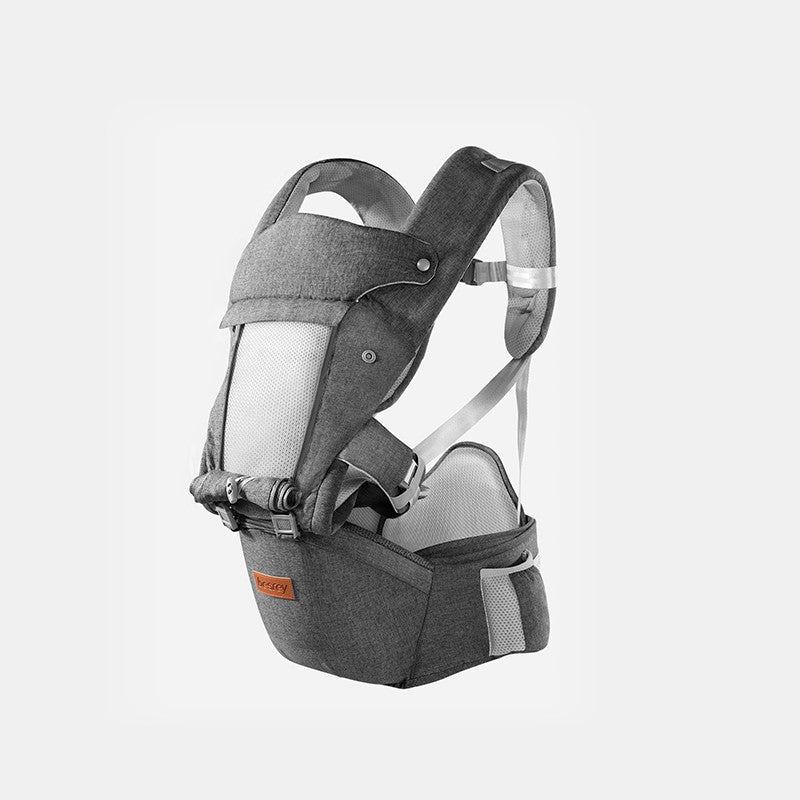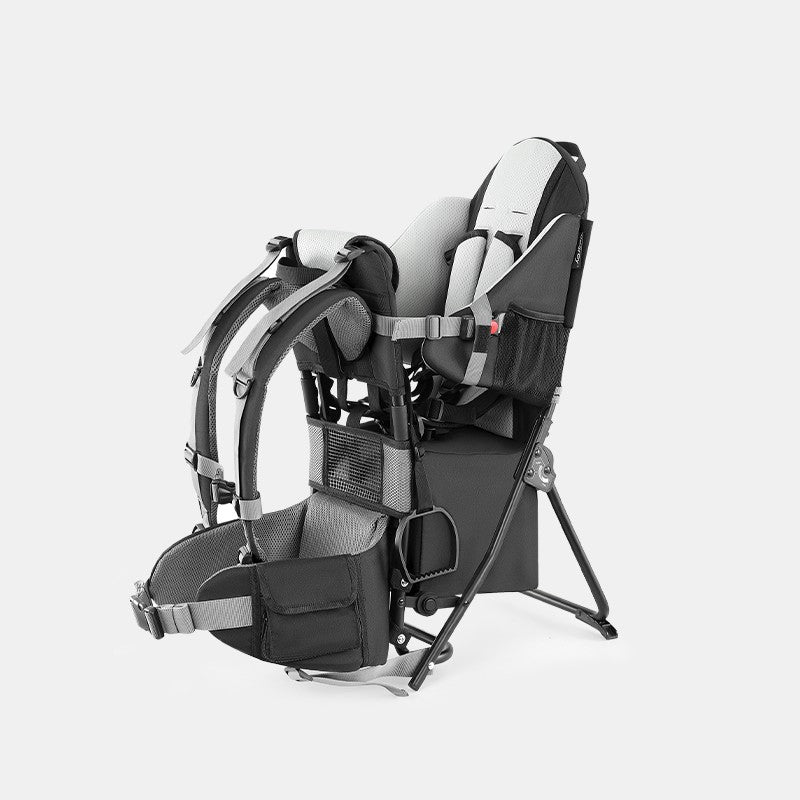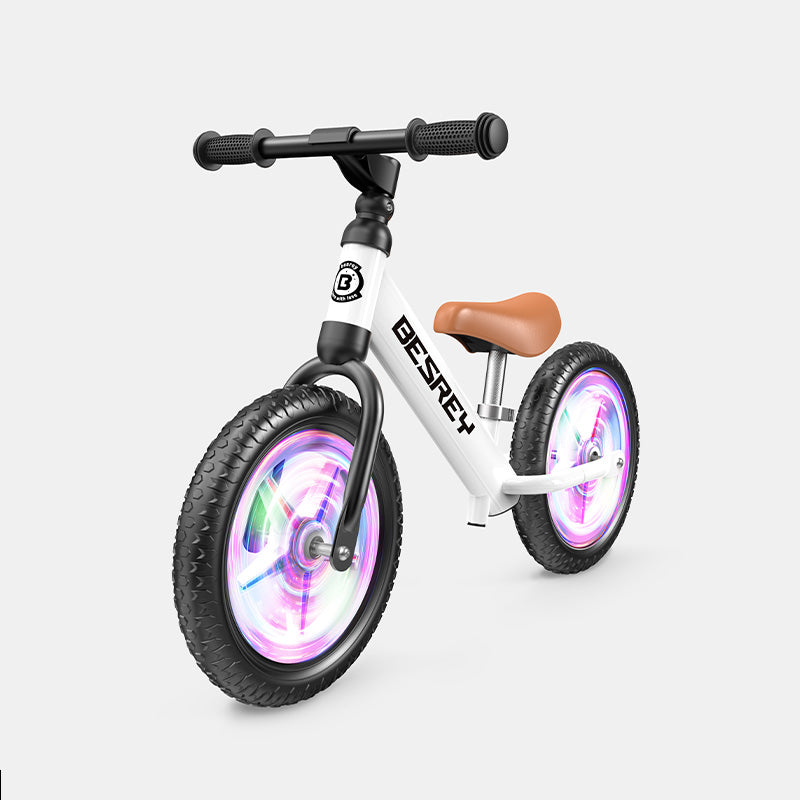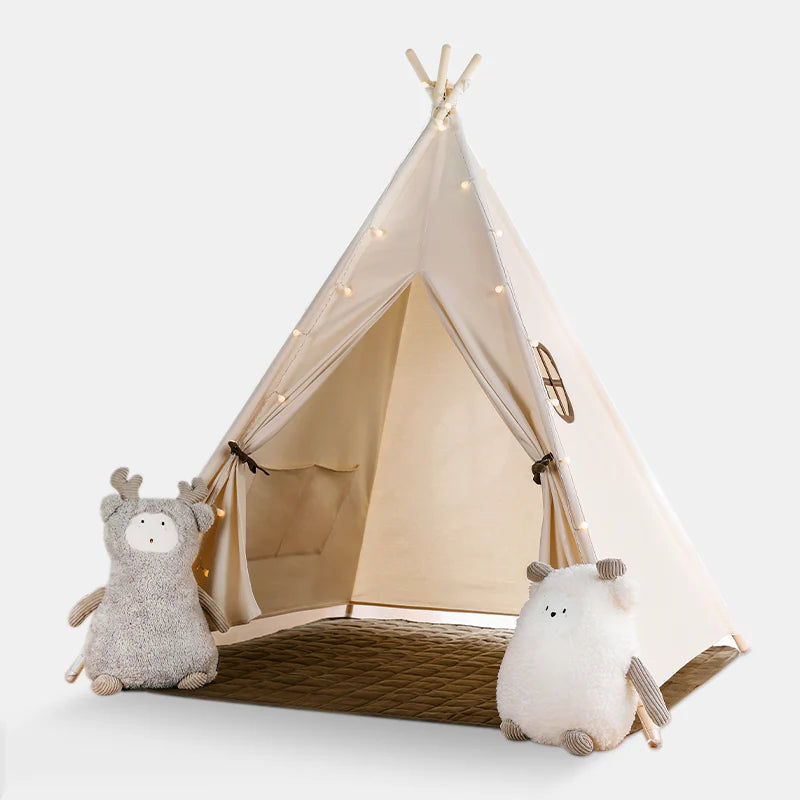Besrey - Sep 26 2025
From Crawling to First Steps: Encouraging Safe and Fun Movement at Home

Watching baby milestones unfold feels like a constant guessing game. You spend weeks wondering when your little one will start moving, and then suddenly, they're everywhere, and you're scrambling to keep up.
Questions about when babies start crawling come up constantly in those early months. Most babies show interest somewhere between 6-10 months, though some focus on sitting up first, while others spend extra time getting the hang of rolling. Bigger babies sometimes need more time to develop the strength to support their weight, and babies born early often hit milestones a bit later than their due date would suggest.
Creating the right environment helps, though. Safe spaces, plenty of floor time, and thoughtful baby proofing for crawling help your little one move around without you having a heart attack every five minutes.
Let's look at some practical ways to encourage movement.
Getting Ready for Crawling
Floor Time Builds Everything
Tummy time for crawling starts way earlier than most people think. Those first few minutes on the floor build neck strength, core stability, and arm muscles your baby needs later. Don't stress if your little one fusses initially - most babies need time to warm up to it.
Try different surfaces and positions. Sometimes the couch works better than the floor. A rolled towel under their chest gives extra support during those early attempts at lifting their head up.
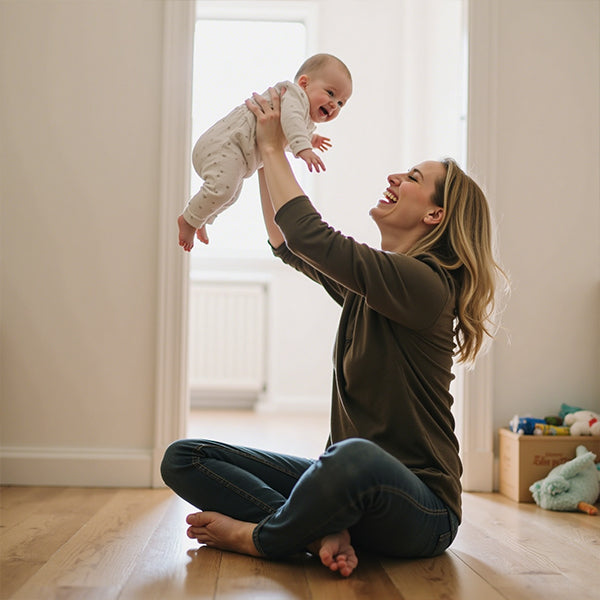
Watching for the Signs
Before crawling happens, you'll see lots of prep work. Rocking back and forth on hands and knees, spinning in circles during tummy time, maybe some backwards scooting that leaves them frustrated and farther from their toys.
Each baby has their own style. Army crawling, traditional hands-and-knees, or even bottom shuffling - they all count as progress toward getting around independently.
Setting Up Safe Spaces
Making Movement Easy
Hard floors give babies better traction than carpet for learning to crawl. Wood or tile surfaces let little hands and knees get the grip they need to push forward. Thick rugs make everything harder since tiny limbs sink in too much.
Clear out wide open areas where they can practice without bumping into furniture every two seconds. Coffee tables become major obstacles when you're eight inches off the ground.
Safety Prep
Baby development milestones speed up once crawling starts, so your safety prep needs to stay one step ahead. Get down on their level and scan for trouble - electrical outlets, small objects, anything that could tip over when grabbed.
Corner guards save tears later. Trust us on this one. Tables and counters become launching pads once pulling up starts happening.
Supporting Those First Steps
From Crawling to Standing
The transition from crawling to cruising happens faster than you'd expect. One day, they're happily scooting around, the next, they're pulling themselves up on everything in sight. Furniture needs to be secure enough to handle this sudden change in how it gets used.
Signs baby is ready to walk include lots of furniture cruising, maybe letting go for a second before sitting down, and definitely more confidence when standing supported.

Walking Confidence
Those wobbly baby first steps need encouragement without interference. Stay close, but resist the urge to constantly hold their hands - they need to figure out balance on their own terms.
Bare feet work better than socks for grip and stability. Save the cute shoes for outings. At home, skin contact with the floor gives them better feedback about balance and weight shifting.
Baby Gear for Moving Families
Taking walks with your baby? The Besrey Baby Carrier makes it easier to get around while keeping little ones happy. Babies love being up high where they can see everything - other people, dogs walking by, leaves rustling. Sometimes a change of scenery is all they need to stop fussing.
For active families who love hiking or long walks, the Besrey Baby Backpack Carrier provides comfort and security while exposing your baby to different terrain and movement patterns. This kind of varied input helps with their own developing coordination skills.
Every Baby's Different
Infant milestones happen on their own timeline. Some babies zoom through crawling in a few weeks, others spend months perfecting their technique. Both paths are completely normal and healthy.
Focus on providing safe opportunities rather than comparing timelines. Your baby will move when their body and brain are ready for it. The key is having everything set up so they can explore safely once they decide to go for it.
Gross motor skills baby develop through lots of practice and repetition. Each attempt builds strength and coordination, even if it doesn't look successful from the outside.
Those determined expressions, the focused concentration, the sheer joy when they finally reach that toy across the room - these moments happen once, and they're absolutely worth celebrating.

